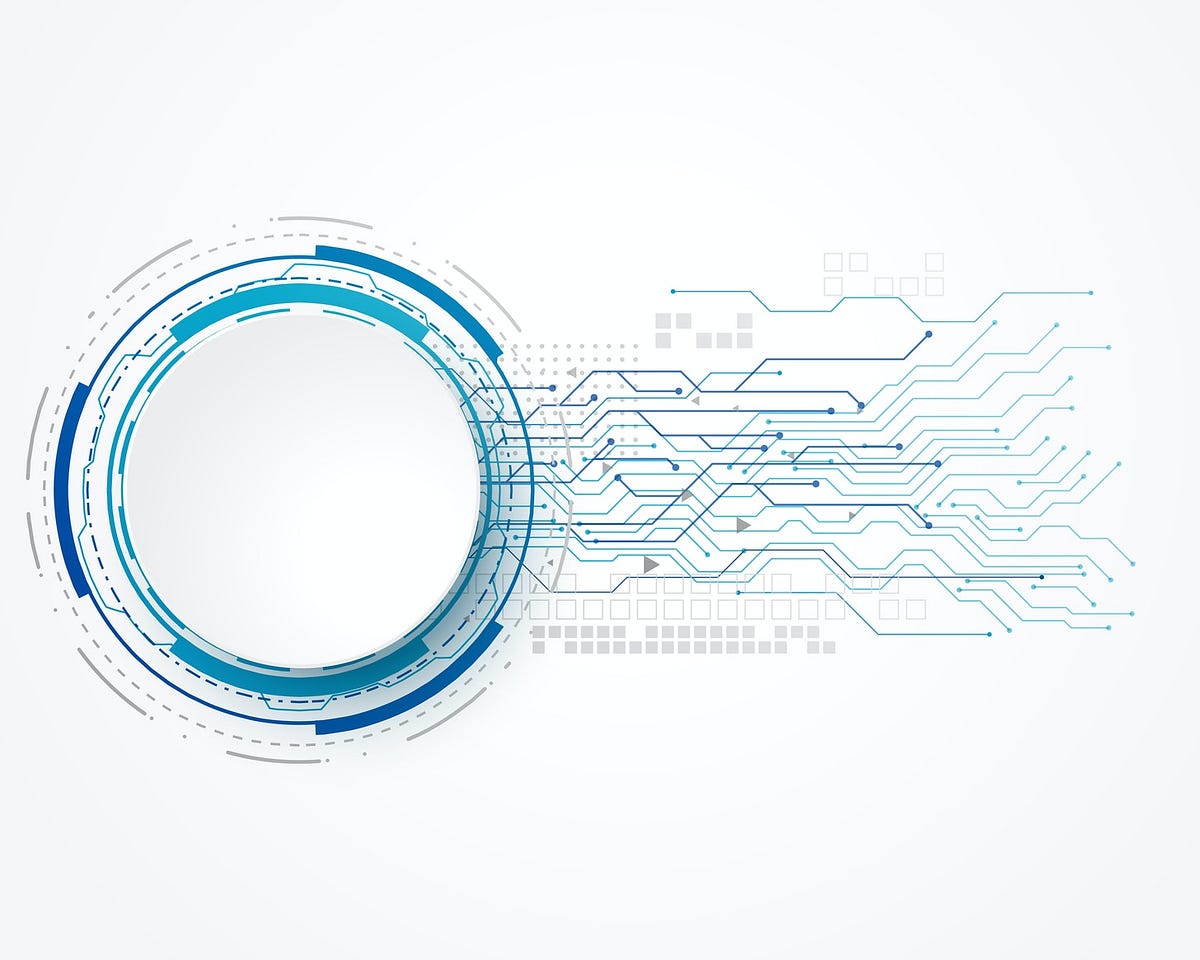Efficiency has been a critical concept ever since the industrial revolution. Increasing productivity and efficiency have been core assumptions and goals of the field of economics since day one. Increasing efficiency is a complex challenge and there are numerous ways to do so.
Typically, efficiency can be approached at a unit-level or at a system-level. Most producers are part of a larger system which interacts to create additional value. For example, every beef farmer out there is part a larger system (the food supply chain) composed of slaughterhouses, meat packers, food suppliers, truckers, supermarkets and restaurants. This entire system interacts in numerous different ways to create end value in the form of goods and services.
Driving efficiency at a unit-level entails better technological innovation — faster trucks, better cold storage, better animal feed and so on. While unit-level gains driven by technological advancement can be tremendous, system-level optimization can drive even greater savings and therefore efficiencies.
Driving System-Level Efficiency
Driving system-level efficiency requires optimization. System-level efficiency involves asking questions like:
- What is the cheapest delivery route a food supplier should take across the state?
- Who are the best regional suppliers for a supermarket based on price and distance?
- Which farms and suppliers offer the shortest time-to-shelf on meat?
The systems that drive the economy and which producers are part of are complex systems involving interactions between multiple agents. Optimizing complex systems to find the “ideal x” involves optimizing a large set of variables. The possibilities that result from combining these different variables can be immense. There might be 1,000,000 possible routes a food supplier can take across the state with different levels costs and speed involved.
#optimization #systems-thinking #system #complexity #data #data-science
